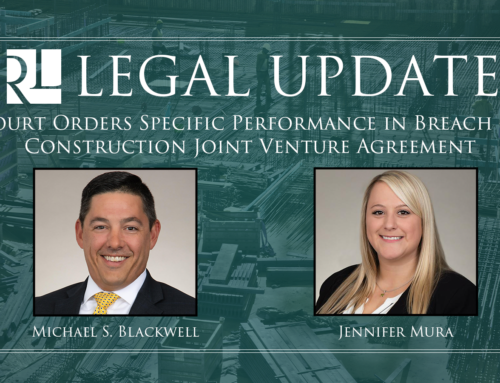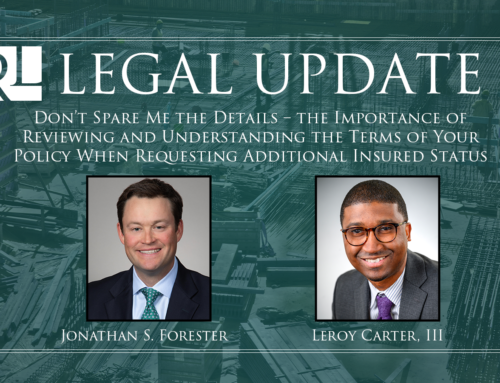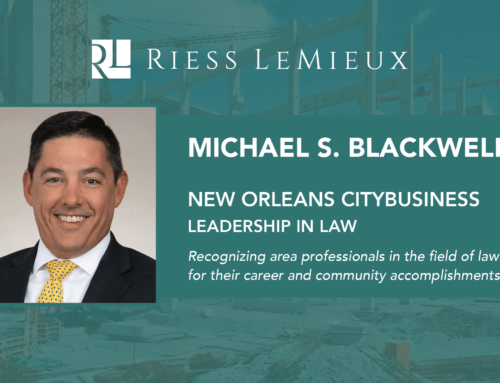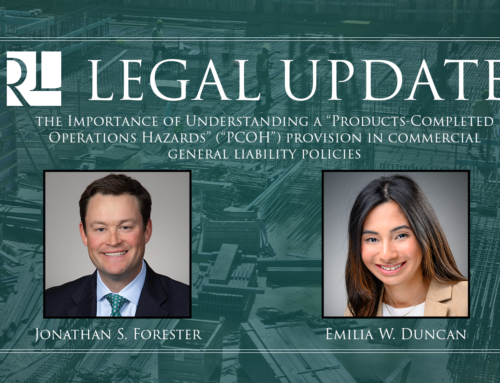A federal court recently considered the admissibility of expert testimony in a dispute between the owner of the World War II Museum hotel and several project consultants concerning delays allegedly caused by design errors. In World War II Theatre, Inc. v. Desimone Consulting Engineering Group, LLC, et al., the U.S. District Court for the Eastern District of Louisiana ruled on competing motions to exclude expert testimony. The decision emphasizes that an expert’s opinions are not admissible if they are deemed unreliable or if they lack sufficient factual basis.
The defendants sought to exclude the opinions of plaintiff’s scheduling expert as unreliable because they were purportedly contrary to industry standard. Specifically, defendants argued that the scheduling expert (1) failed to use a critical path method of analysis, (2) ignored the projected completion dates of the general contractor’s schedule, and (3) failed to assess delays separately and in chronological order. Defendants further argued that the “as-built critical path” analysis used by the plaintiff’s expert was less reliable than the CPM methodology. The WWII court denied defendants’ motion, concluding that defendants showed only that the parties’ experts disagreed on the proper method of calculation for the delays. That does not establish that the expert’s testimony is inadmissible, only that there is a credibility question, which is the province of the jury.
Conversely, the plaintiff sought to prevent the defendants’ expert from testifying as to the following: (1) the structural design errors by defendants were not a gross deviation from the standard of care; (2) the standard of care did not require a review of the entire design after the first set of errors were discovered; and (3) the beam stress calculations prepared by defendants support his opinion that defendants took appropriate steps to assess beam stress. The WWII court ruled that the expert’s opinion that the design errors were not a gross deviation from the standard of care was not supported by reliable principles or sufficient facts and therefore should be excluded. As to review of the design after the first errors were discovered, the court ruled that this opinion should be excluded because it lacked a sufficient factual basis. Finally, the court did not exclude the expert’s opinions concerning beam stress calculations, concluding that the plaintiff did not show that the calculations were unreliable.



